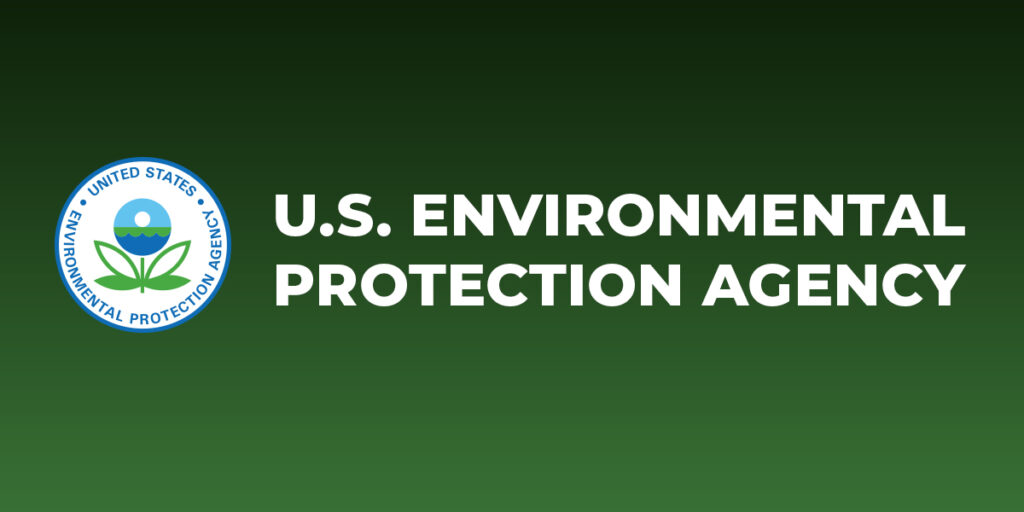 (AGENPARL) - Roma, 17 Gennaio 2025
(AGENPARL) - Roma, 17 Gennaio 2025(AGENPARL) – ven 17 gennaio 2025 Issued: Jan 17, 2025 (1:57pm EST)
If you wish to unsubscribe please do so
here: http://url6130.epa.mediaroom.com/ls/click?upn=u001.iqz6hAvLdUl-2FaSixKUG3iyFJBsxNAroAZOQ1BID8fKIiLAUfJX2sQlhu1tzKAOIu-2BU84uzAzSpWvmWyHnsNJDRYXWx5dlMz75Zp9ch-2BQlG6mQHPYjReZhS13hvd5qOopTIyi_-2B0Ok6Af7hyz7Kqg6CR74pYblAA1WjrUjKSJUAiv3NOub0DC4O7JPWGxIlQ7kBB-2FSZrFyrGJBqCVT-2FHKotM9dv7xLF0mckZnC9rf5GsO4XEC8izr7G-2Bmsj4H2hoaP2pg7cDaqotYNaMtC1VLBiIlpD8VNQAOm6Lc2si1LliXv6cQqJUocnK8cwkgpqOfxqRGgg7uTz7SzwVxytUU2K9xsiFYhe-2BAyKRPkrPXyW8ILSGEgCjgvNSOxZLeSZssxiRmh
EPA Issues Final Cleanup Plan for Lister Ave. Portion of the Diamond Alkali
Superfund Site in Newark, NJ
Newark, N.J. (January 17, 2025) – The U.S. Environmental Protection Agency
finalized its cleanup plan for the 80-120 Lister Ave. portion of the Diamond
Alkali Superfund Site in Newark, NJ. The plan will address the contaminated
soil, debris and groundwater that was left behind by activities at the Lister
Ave. facility. The EPA released the proposed plan for public comment in
September of 2024 and those comments were considered before EPA made its final
decision.
Due to its size and complexity, the EPA separated the Superfund site and
project work into four phases known as Operable Units (OUs). This final
cleanup plan, known as a Record of Decision, focuses on OU1, the location of a
former pesticide and herbicide manufacturing facility that contaminated the
surrounding area, the Lower Passaic River and Newark Bay.
“The contamination stemming from the Lister Avenue facility has impacted
Newark for decades, and this cleanup plan marks a significant milestone in
addressing it,” said Regional Administrator Lisa F. Garcia. “With this
decision, EPA is reinforcing our commitment to protecting Newark’s
communities and environment by advancing long-term solutions that ensure a
safer and healthier future.”
The EPA’s final cleanup plan calls for continued operation of the existing
remedy, with improvements including reinstalling and reactivating a total of
seven groundwater wells and pumps, upgrading the current groundwater treatment
system, and making any necessary repairs to the existing cap covering
contaminated materials. This approach builds on the previously completed work
and would avoid the short-term risks associated with other options such as
digging up and removing the contaminated material outright.
EPA assessed the potential impacts from climate change and confirmed that the
2001 cleanup was designed to withstand anticipated flood and storm
impacts. The existing cleanup remained effective through major storms. EPA
conducted a forward-looking climate change vulnerability assessment on the
proposed cleanup to evaluate the impacts of rising temperatures, sea level
rise, extreme weather, and heavy precipitation. The assessment concluded that
the cleanup plan moving forward will address these vulnerabilities. The
agency’s cleanup approach includes planning for a temporary groundwater
treatment system to provide treatment if the existing system is damaged during
a storm.
For the purposes of investigating and cleaning up the river, EPA separated the
17-mile stretch of the Lower Passaic River into two units: the lower 8.3 miles
and the upper 9 miles, each with unique characteristics. EPA issued a Record
of Decision selecting the cleanup plan for the lower 8.3 miles in 2016, and
for the upper nine miles in 2021. In 2024, the EPA approved the engineering
design for the cleanup of the lower 8.3 miles, prepared by Occidental Chemical
Corporation, a potentially responsible party for the site. As of 2023,
Occidental Chemical Corporation began developing the engineering design for
the upper 9-mile portion. The other area of this site, a portion of Newark
Bay, has undergone an investigation by Occidental Chemical Corporation and is
currently the subject of ongoing studies to evaluate cleanup options.
Additional background and the finalized cleanup plan will be available at
the Diamond Alkali Superfund site page.

